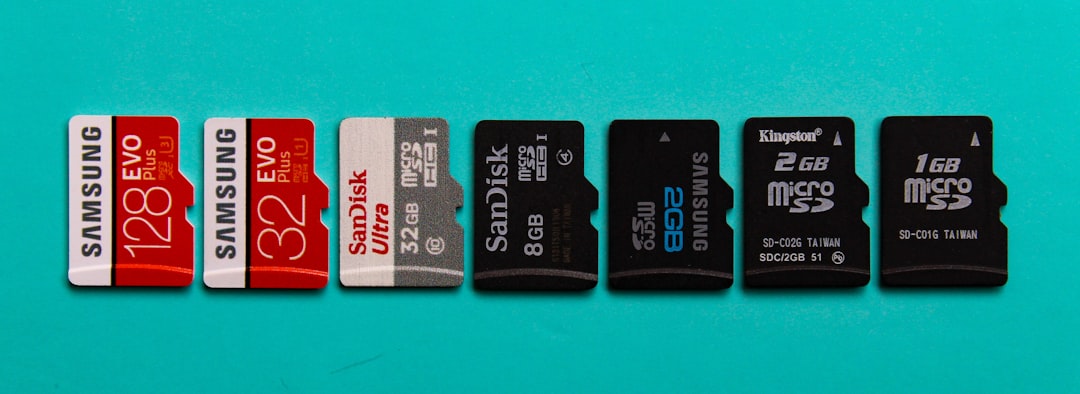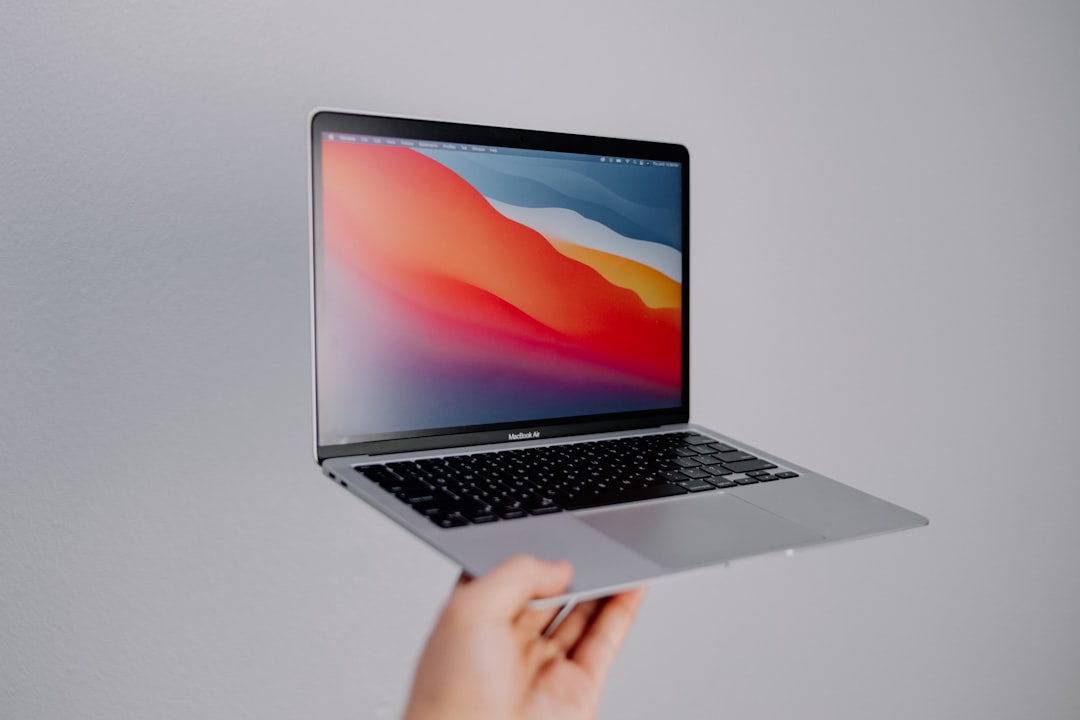Laptops have become an integral part of our daily lives, providing us with the convenience and mobility to work, communicate, and entertain ourselves on the go. But have you ever wondered how these incredible machines came to be? Let’s take a trip back in time and explore the fascinating evolution of laptops.
In the 1970s, when computers were still enormous and confined to laboratories and large corporations, a select few visionaries began envisioning a future where computers could be more portable. One of these visionaries was Alan Kay, who in 1972, proposed the Dynabook, a concept for a portable computer that could be carried around like a book. While Kay’s vision was never fully realized, the Dynabook laid the foundation for the future development of laptops.
The first commercially successful portable computer, the Osborne 1, was introduced in 1981. Developed by Adam Osborne, the Osborne 1 featured a keyboard, a 5-inch display, and two floppy disk drives. Weighing a whopping 24 pounds, it was far from today’s sleek and lightweight laptops, but it represented a significant step forward in portable computing.
The early 1980s also saw the rise of the Compaq Portable, which marked the beginning of a new era in portable computing. Released in 1983, the Compaq Portable was the first portable computer compatible with IBM software. Weighing around 28 pounds, it featured a detachable keyboard and a built-in 9-inch monochrome display. Although still quite bulky, it paved the way for the development of future, more powerful and portable devices.
In the late 1980s and early 1990s, laptops began to shed their bulky exteriors and become more user-friendly. Apple’s PowerBook 100, introduced in 1991, was a game-changer in terms of design and functionality. It was the first laptop to feature a built-in pointing device, which would later become the standard trackpad found on most laptops today. With its sleek design and advanced features, the PowerBook 100 set the stage for the modern laptop as we know it.
The mid-1990s brought about another significant milestone in laptop history with the introduction of IBM’s ThinkPad series. These laptops quickly gained popularity for their exceptional build quality, innovative design, and outstanding performance. The ThinkPad also introduced the iconic red TrackPoint, a pointing stick between the keys that allowed for precise cursor control. The ThinkPad became the go-to choice for business professionals and set the standard for laptop design for years to come.
Fast forward to 2008, and another groundbreaking laptop was introduced – the MacBook Air. It revolutionized the industry with its incredibly thin design and lightweight construction. The MacBook Air was the first laptop to utilize solid-state drives (SSDs) instead of traditional hard drives, enabling faster boot times and improved overall performance. With its sleek design and powerful specifications, the MacBook Air set a new benchmark for ultra-portable laptops.
In recent years, gaming laptops have become increasingly popular, catering to the needs of avid gamers who desire a portable gaming experience. Manufacturers such as Asus, Alienware, and Razer have released powerful gaming laptops with high-performance graphics cards, fast processors, and stunning displays. Gaming laptops, like the Asus ROG Zephyrus, have pushed the boundaries of laptop performance and brought desktop-level gaming capabilities to a portable form factor.
Today, laptops come in various shapes, sizes, and configurations to suit every individual’s needs. Whether you’re a student, a professional, or a gamer, there is a laptop out there for you. With advancements in technology, laptops are becoming increasingly powerful and efficient, allowing us to multitask, create, and play with ease.








